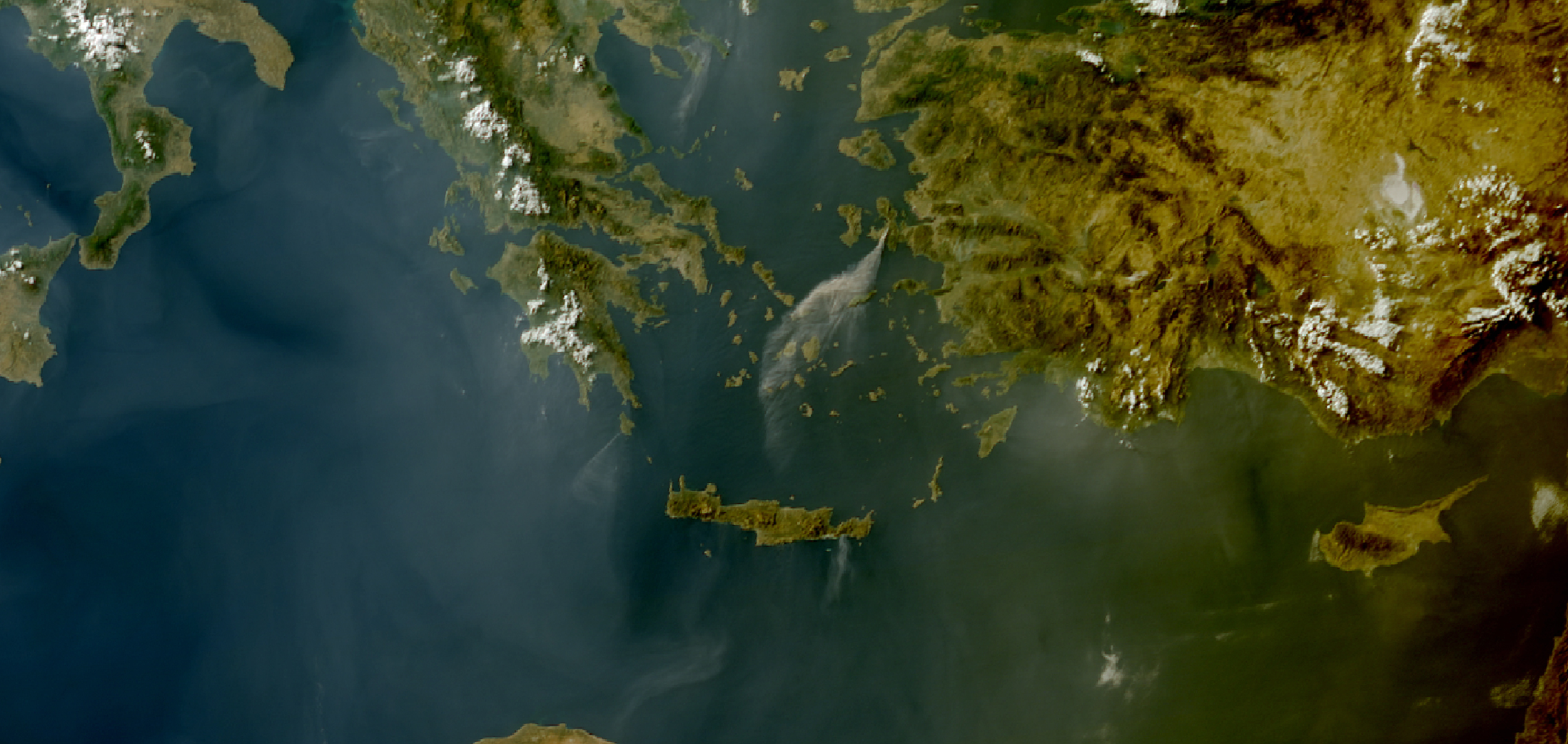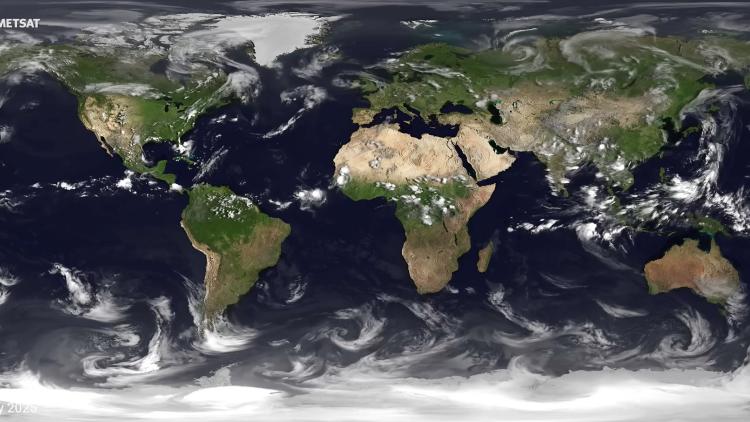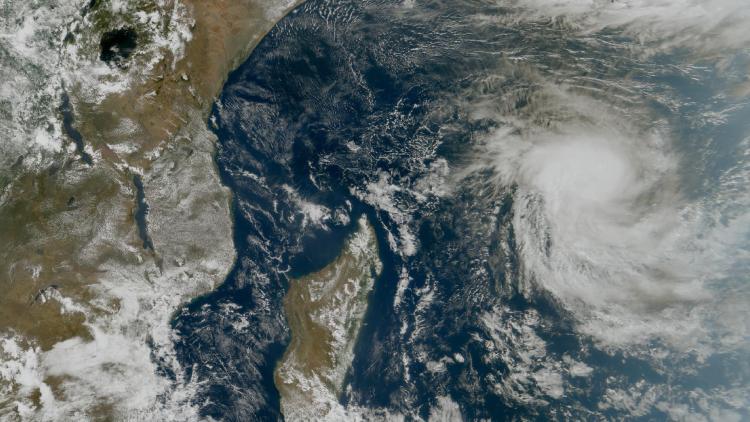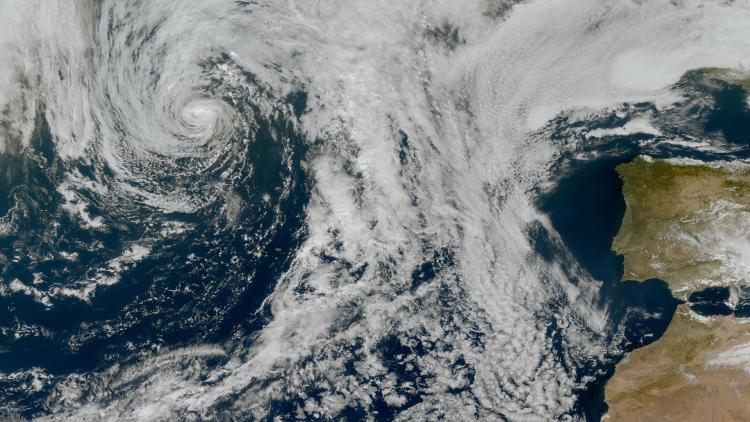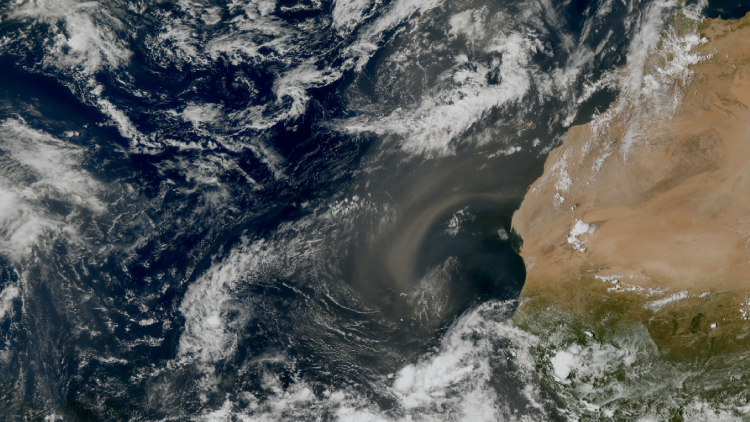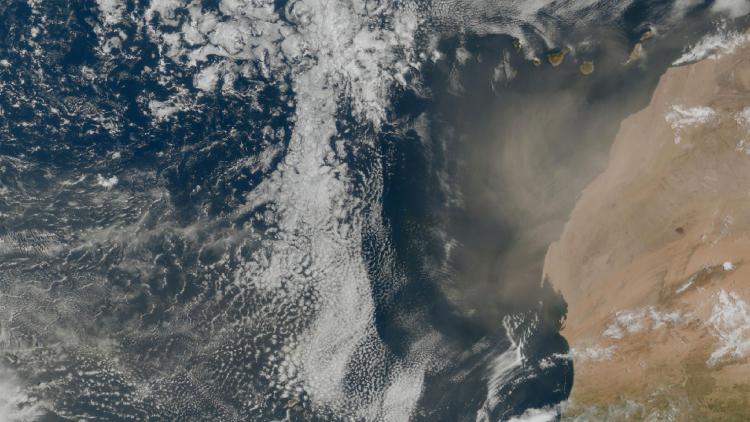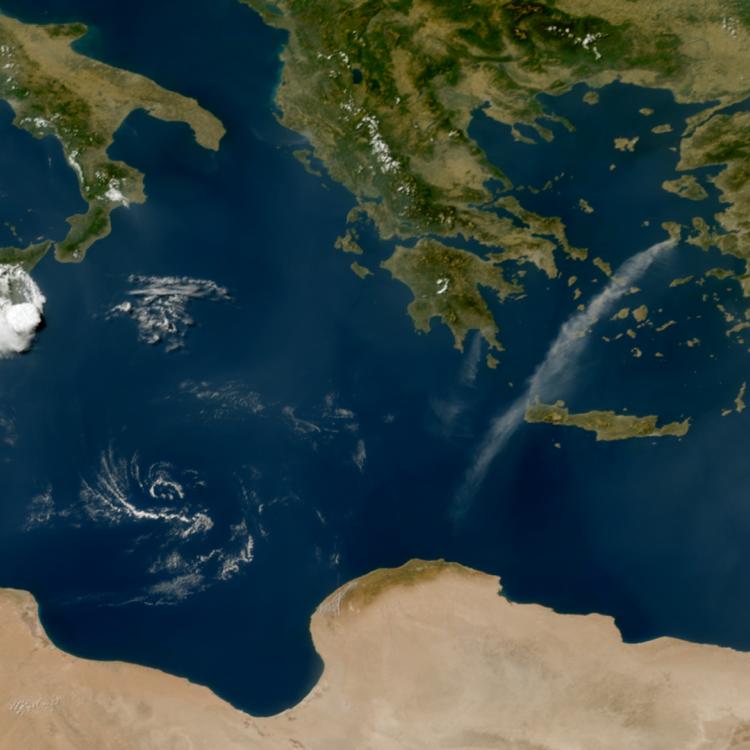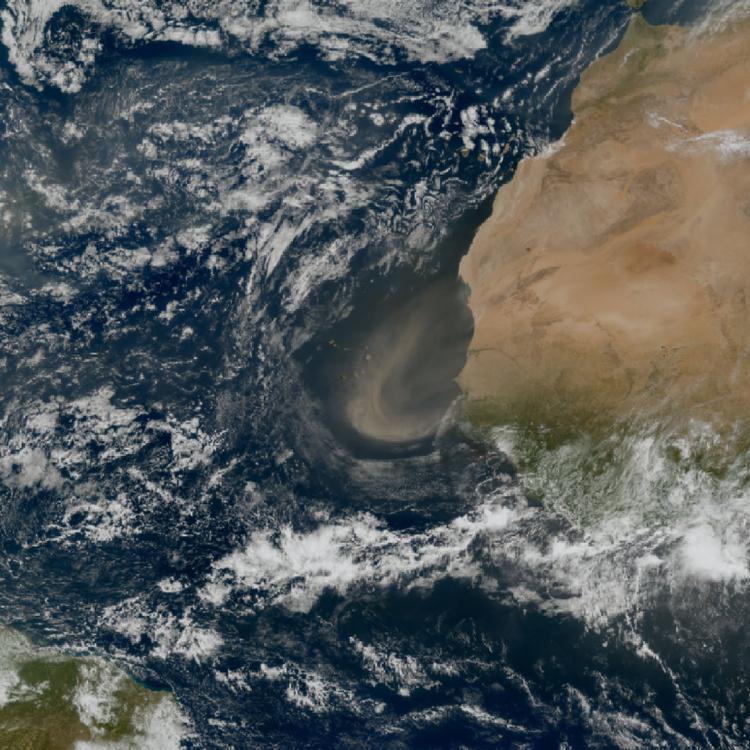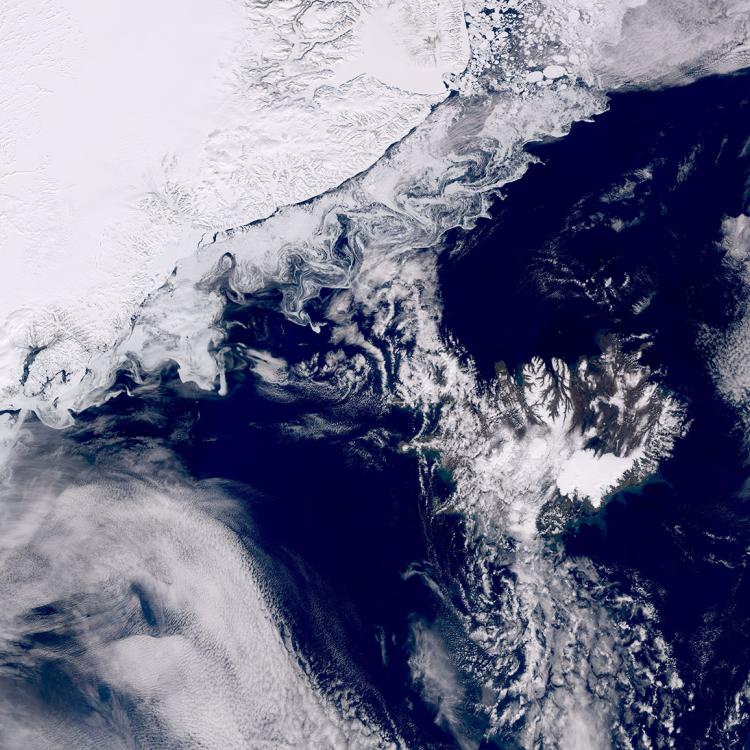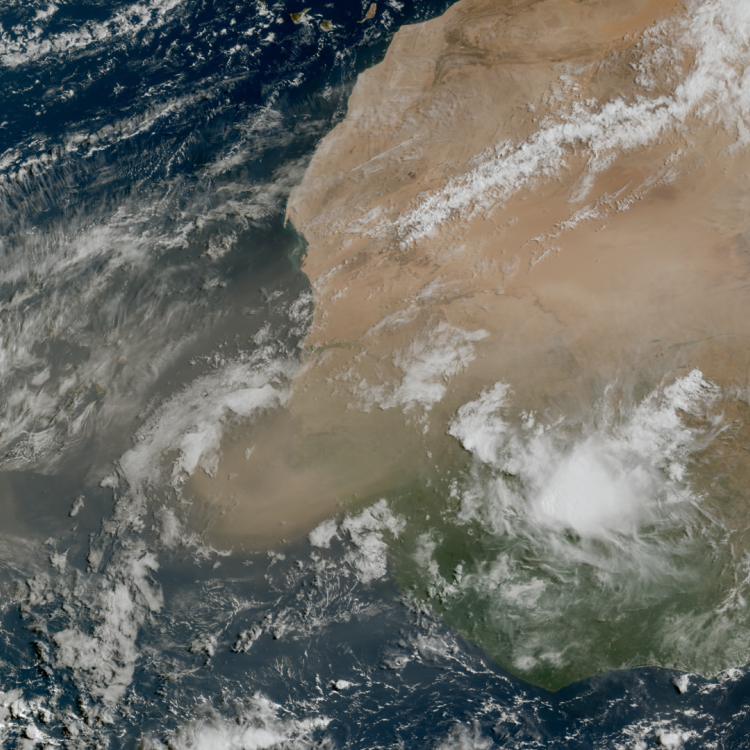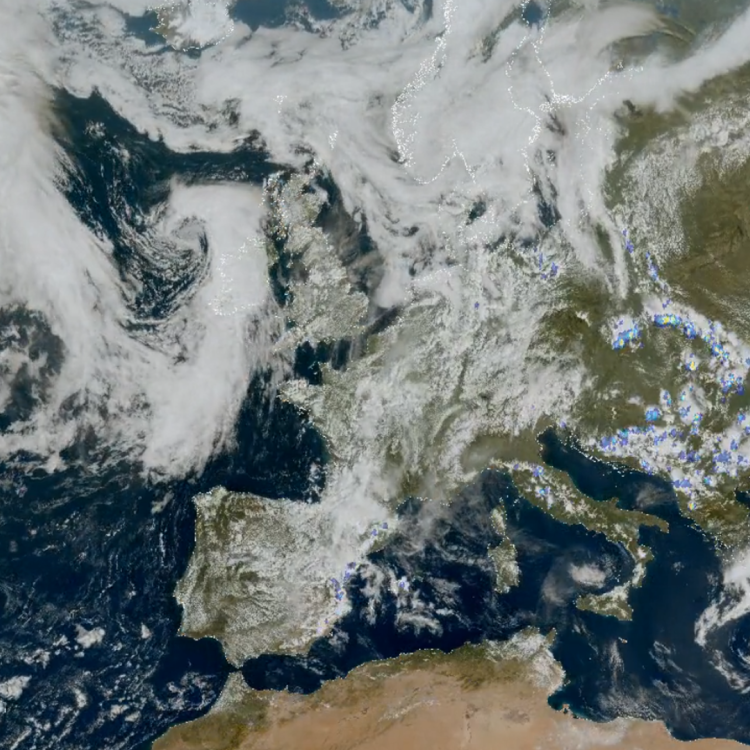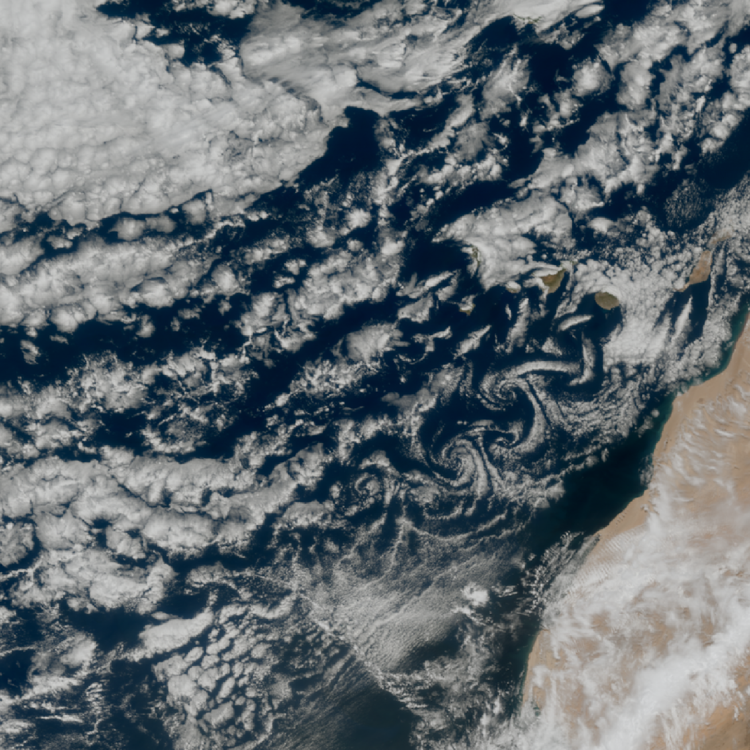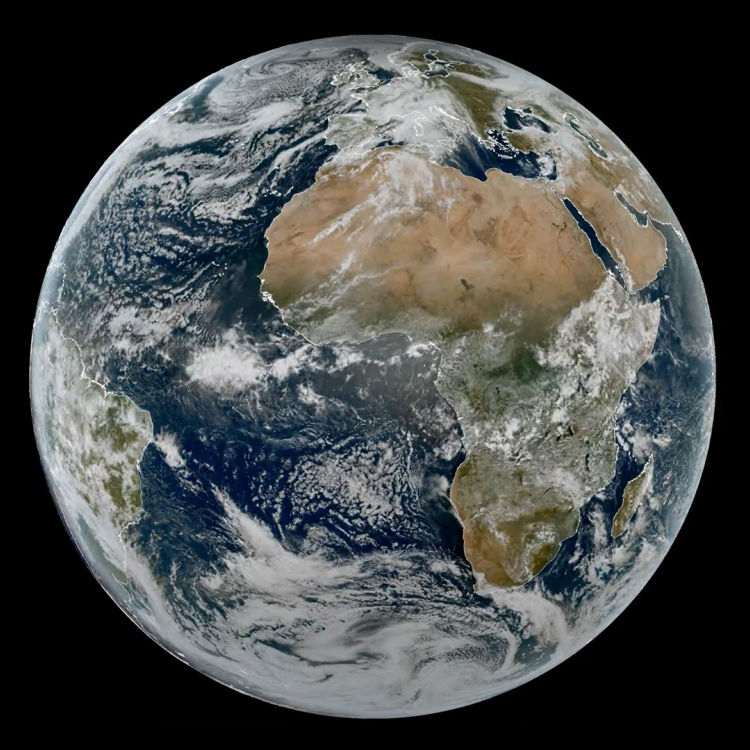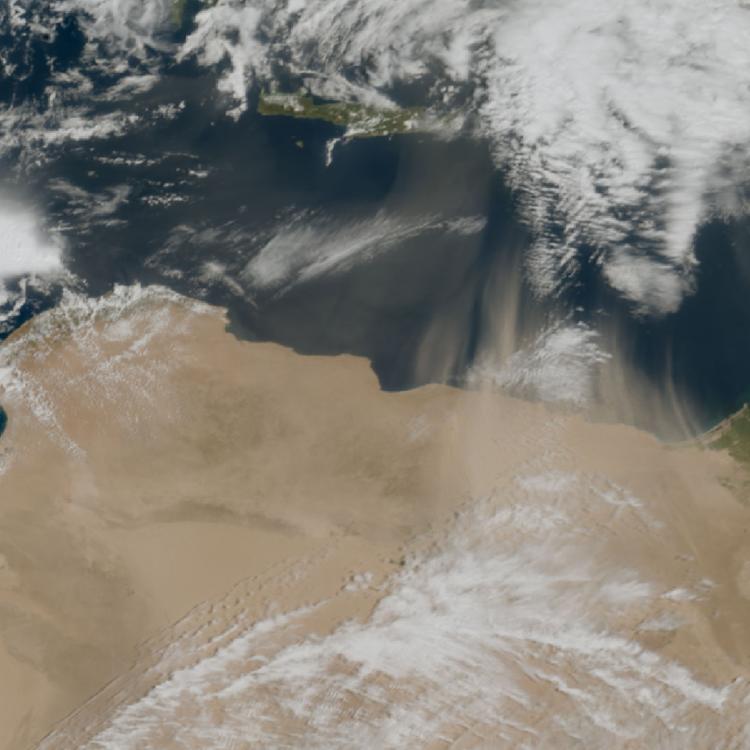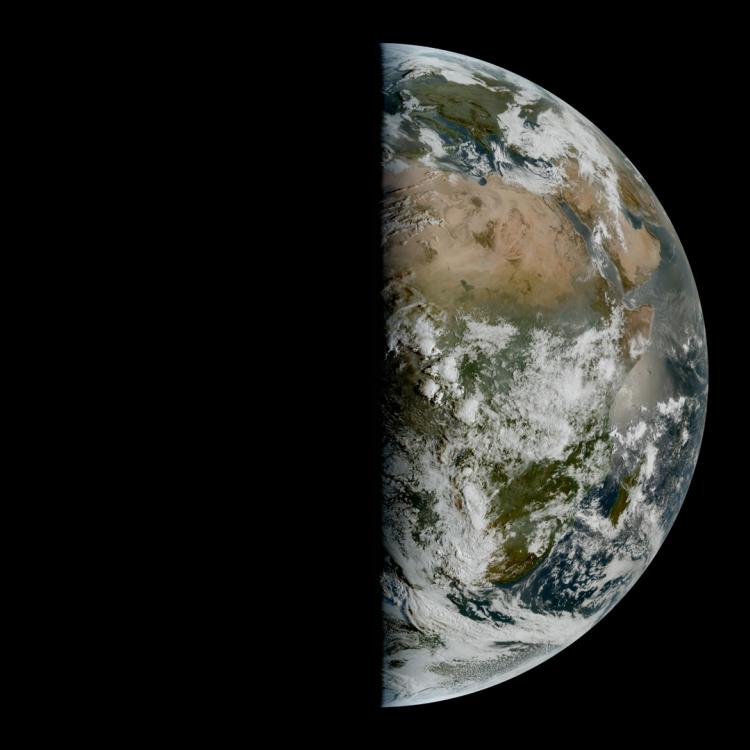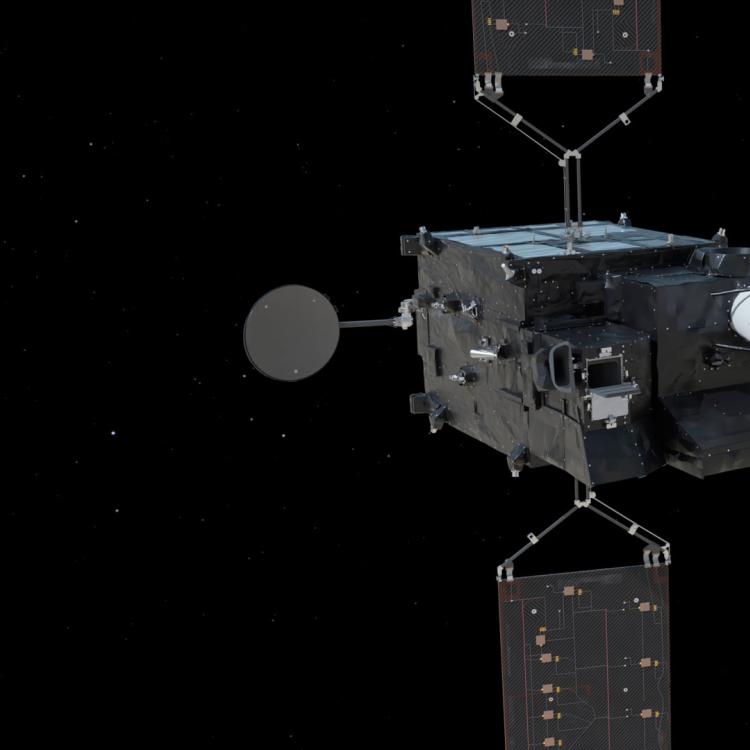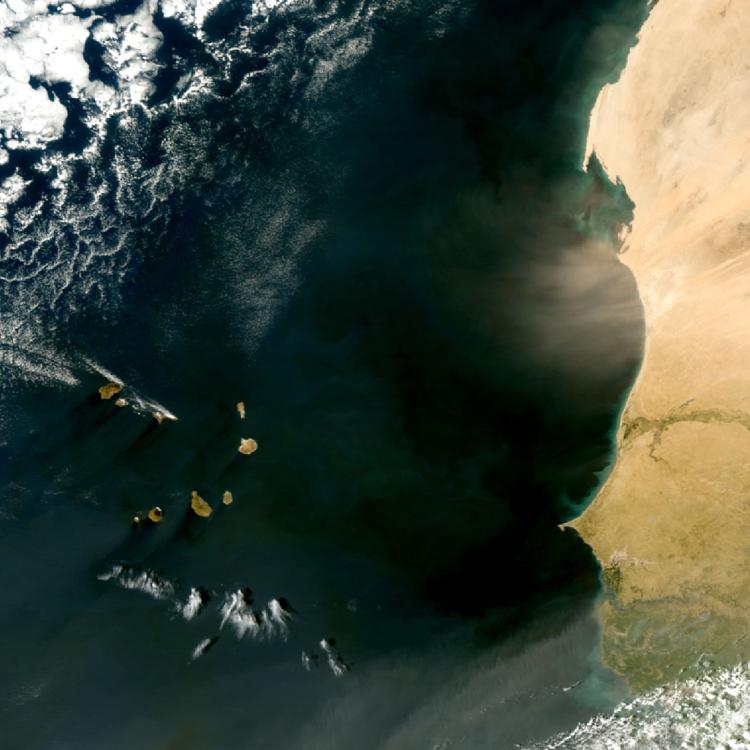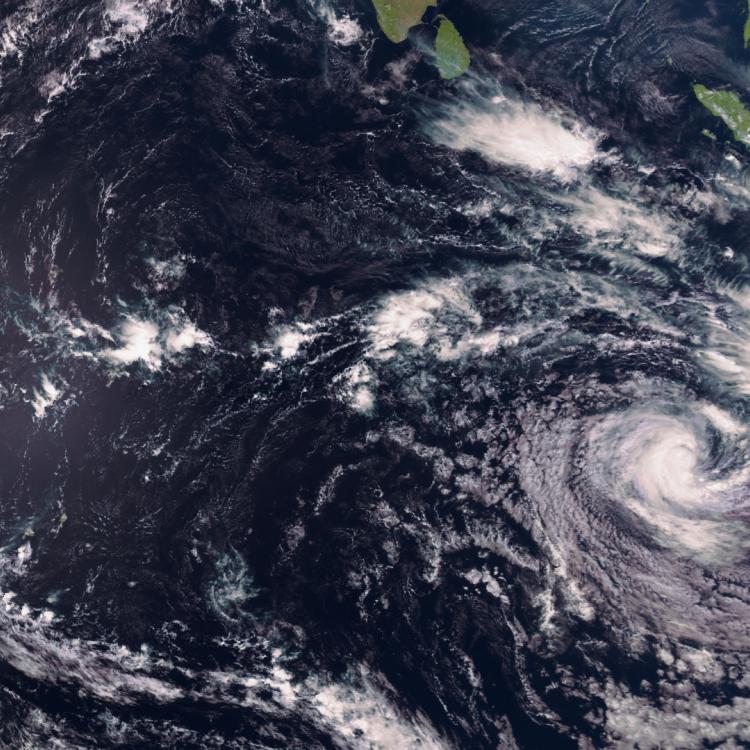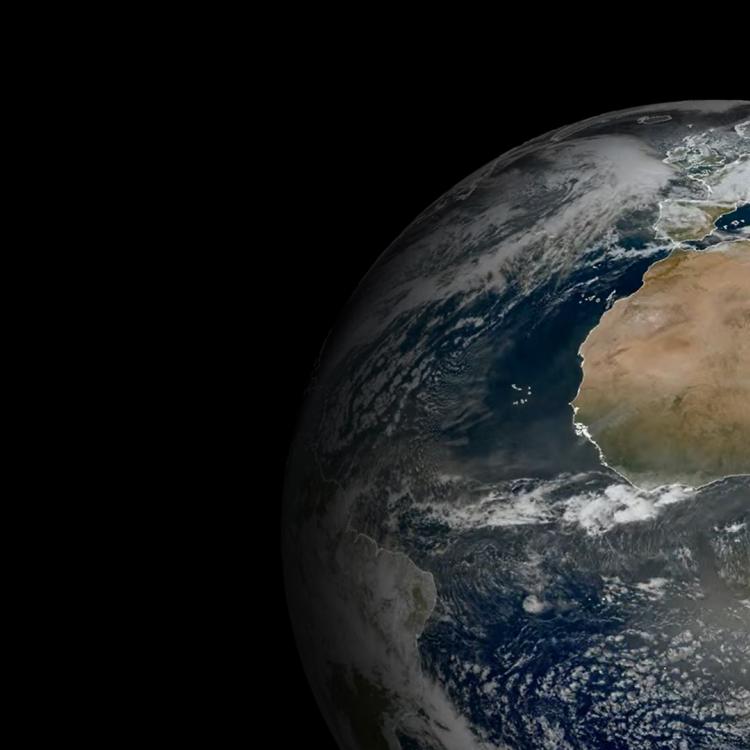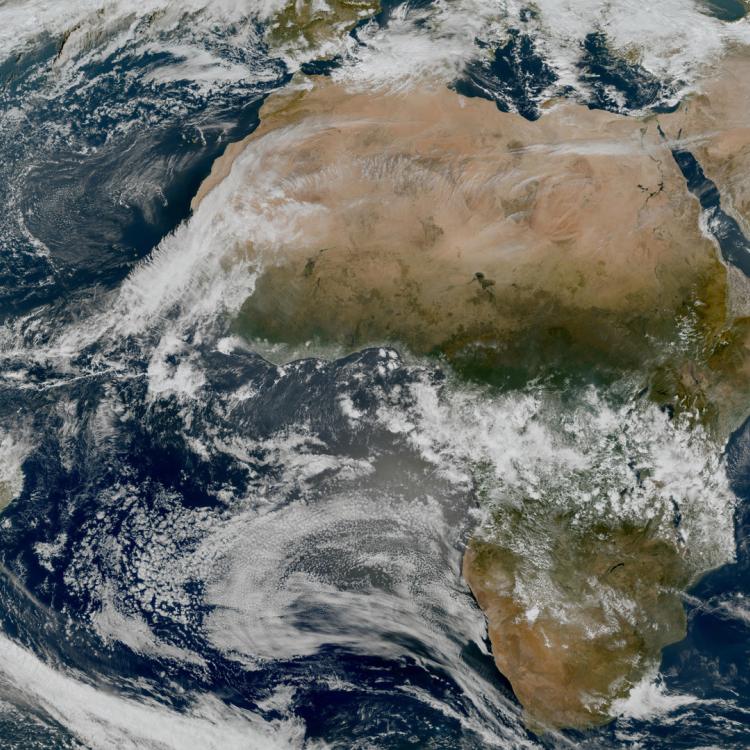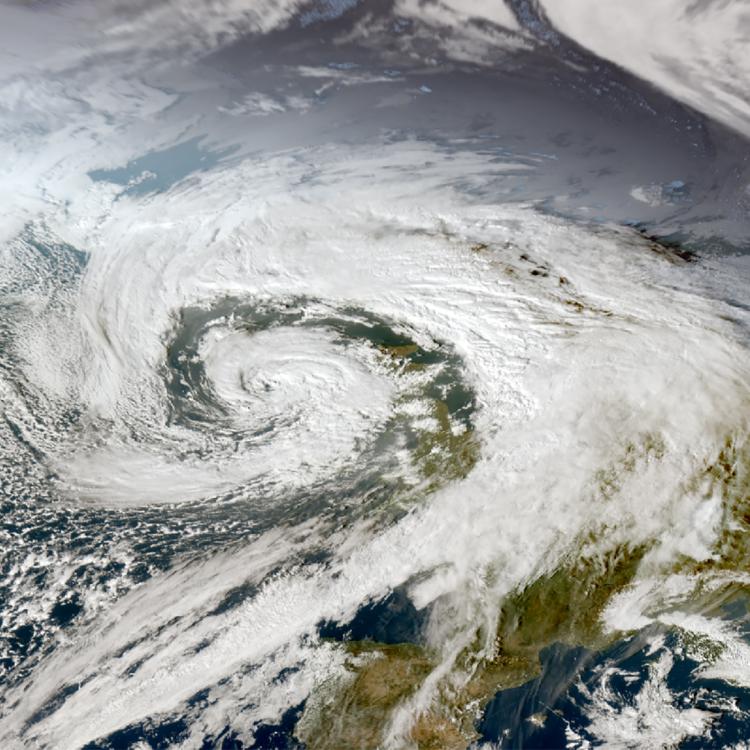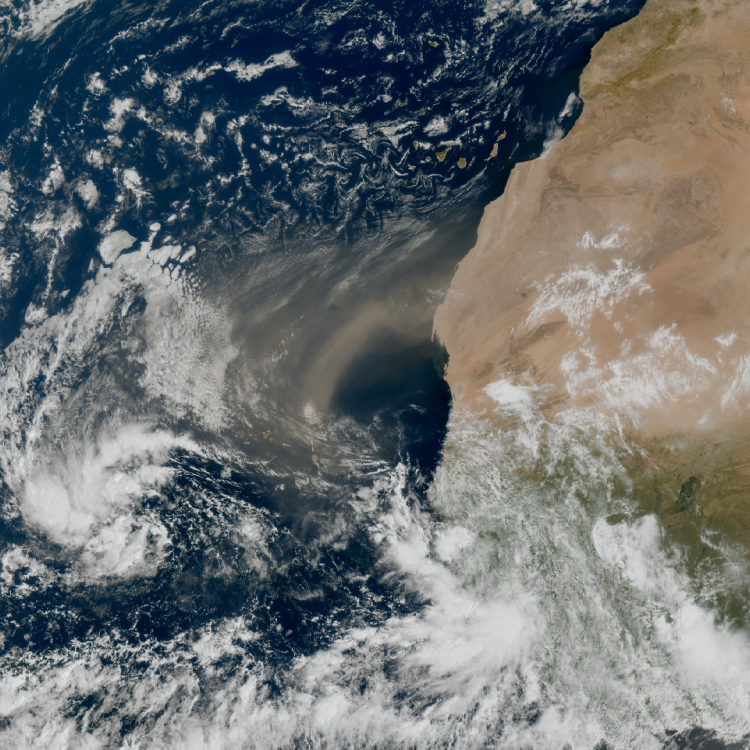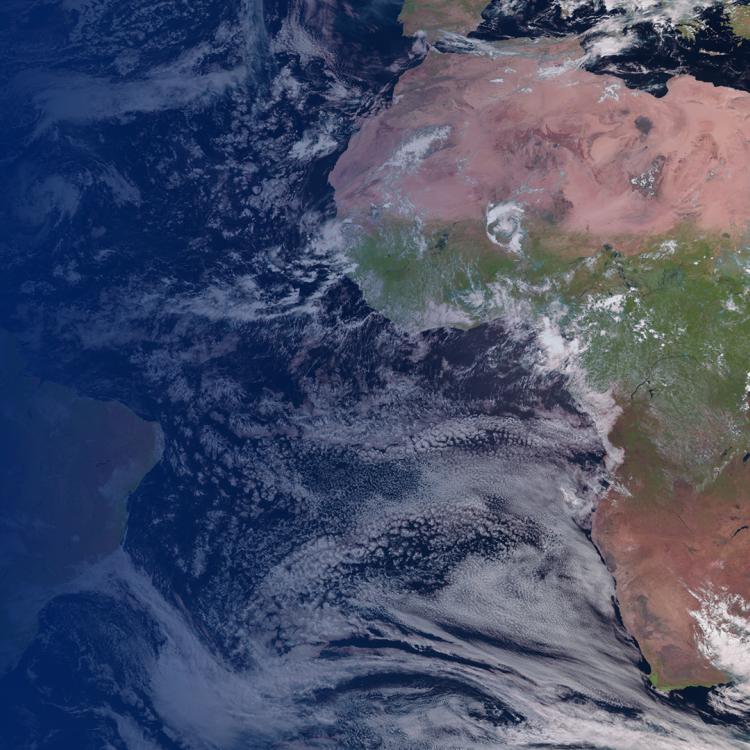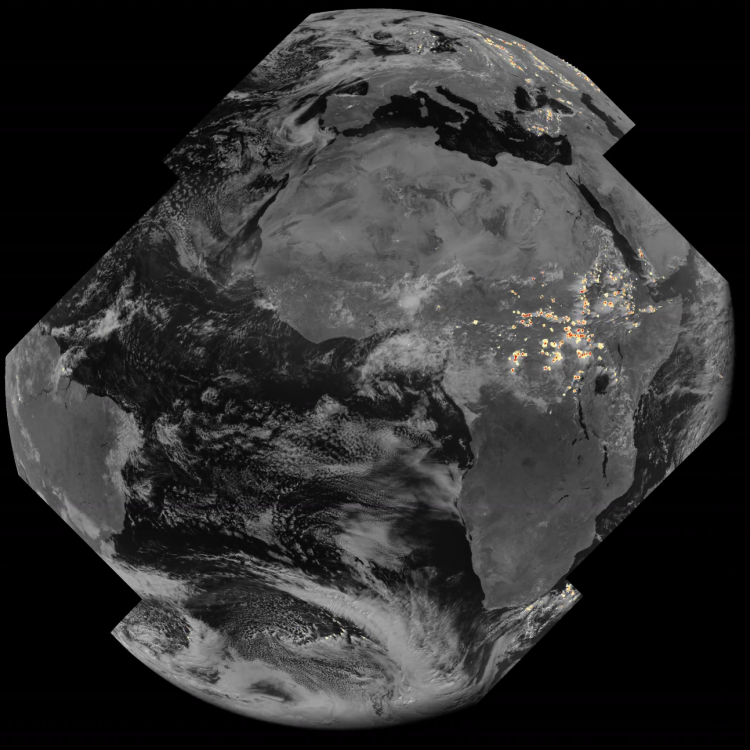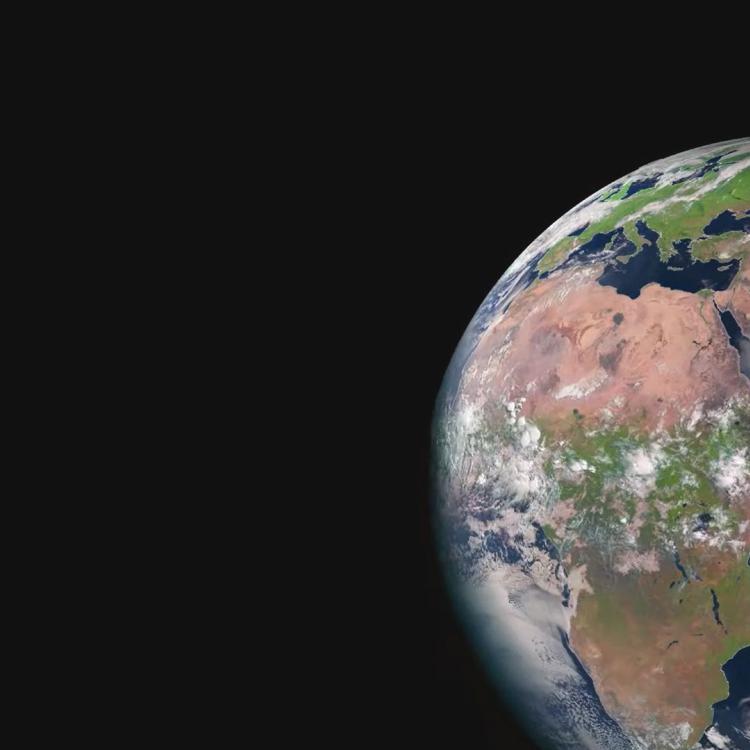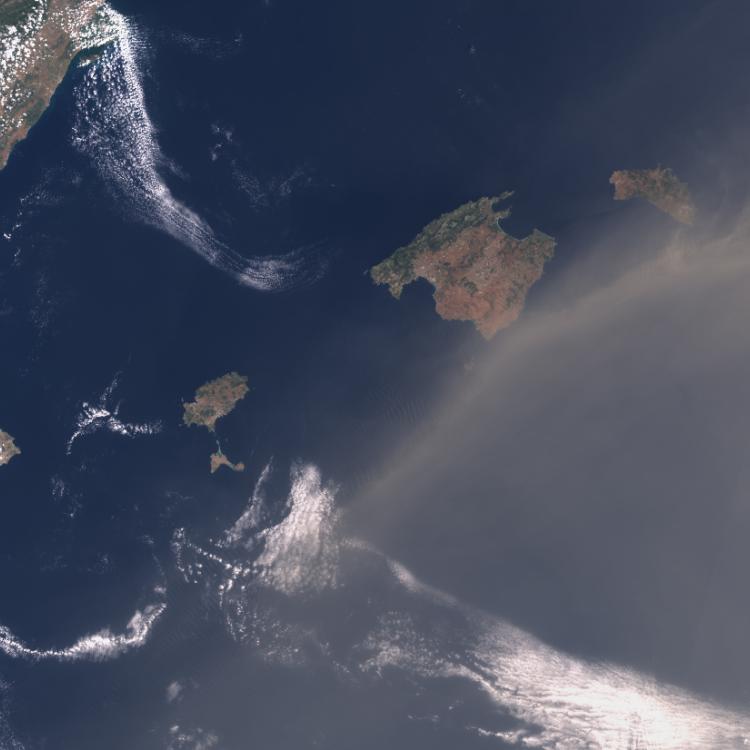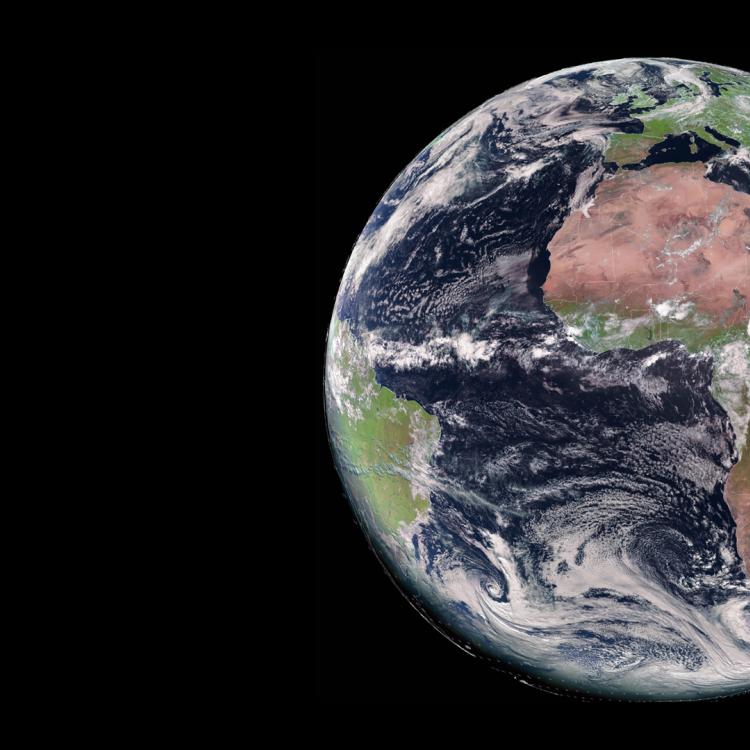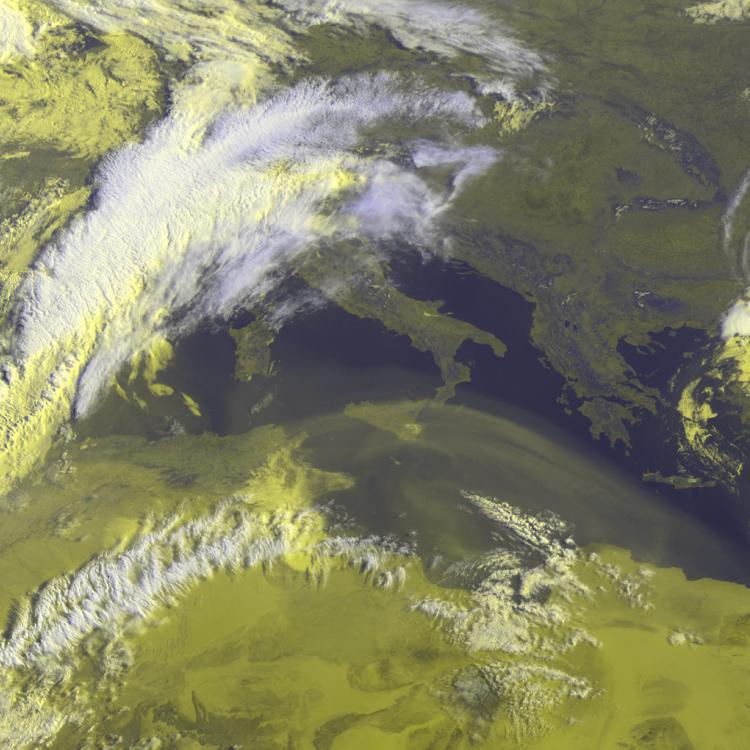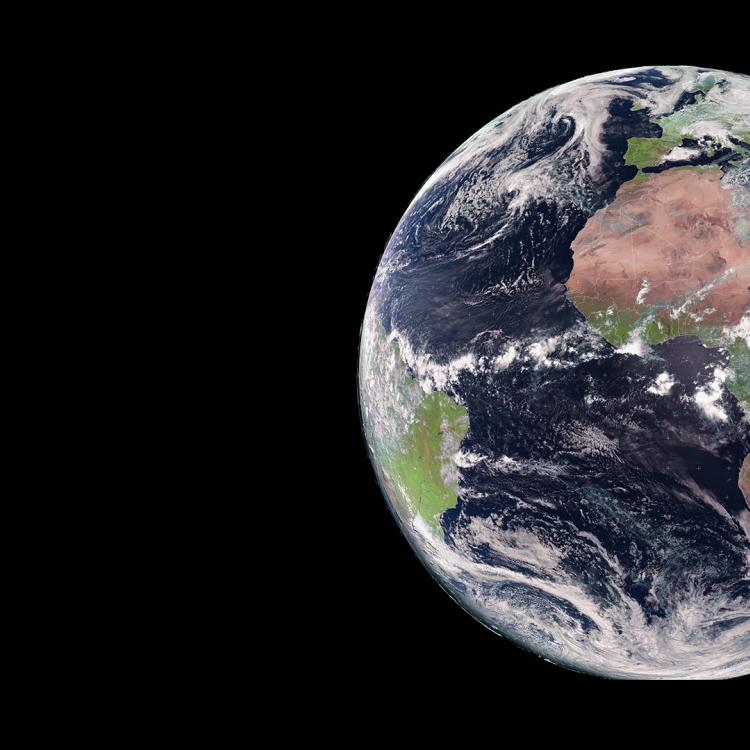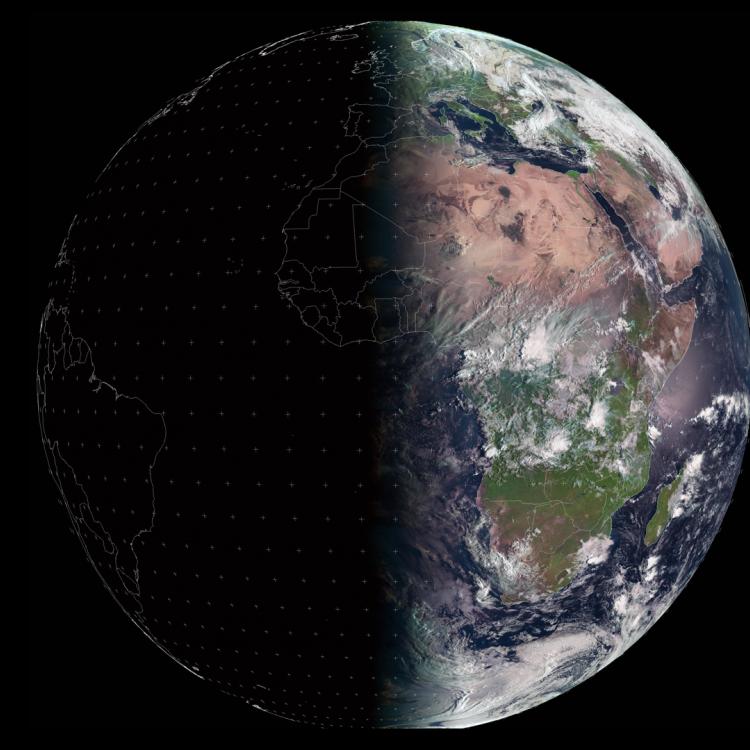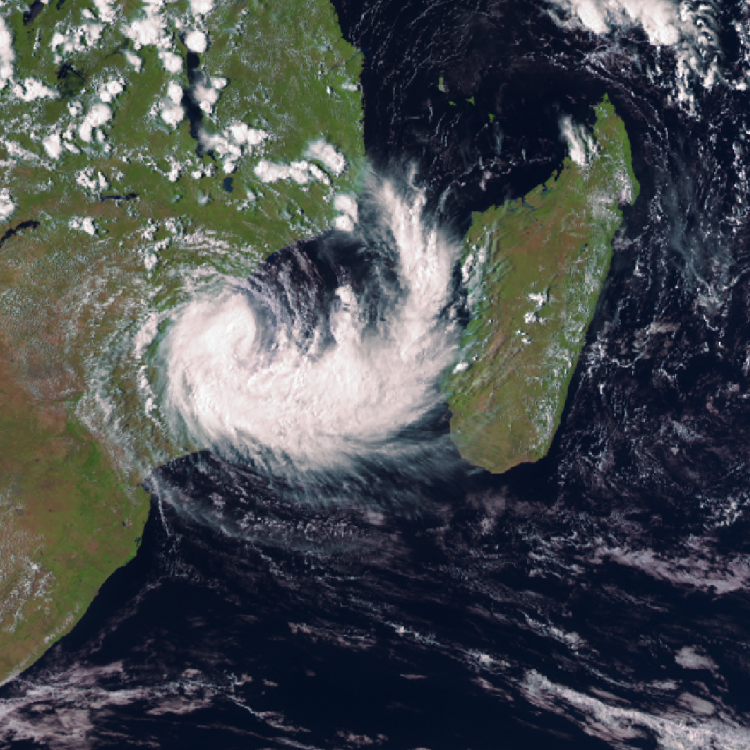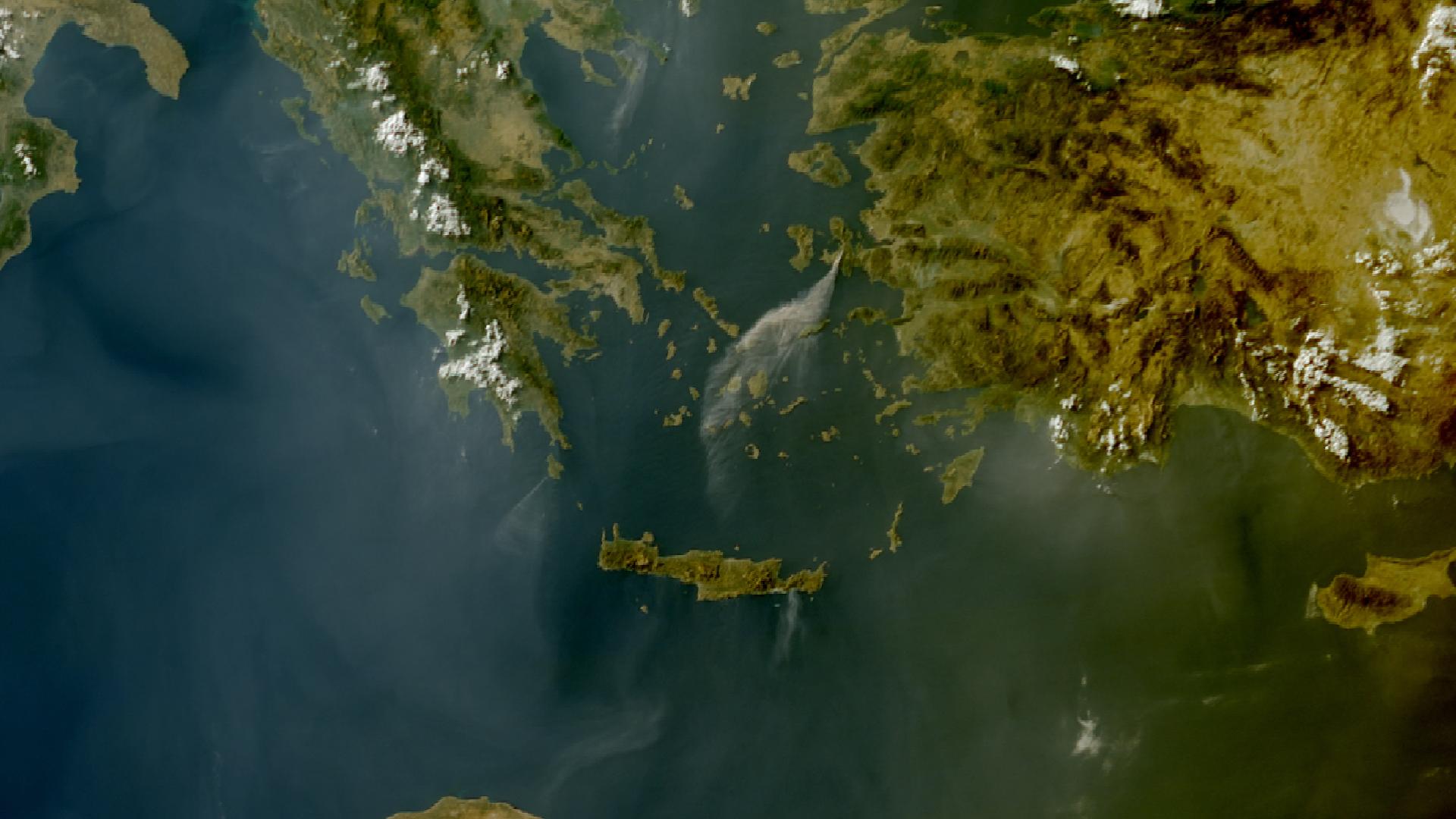
Image of the week: Wildfires in the eastern Mediterranean
Watching our Earth from space

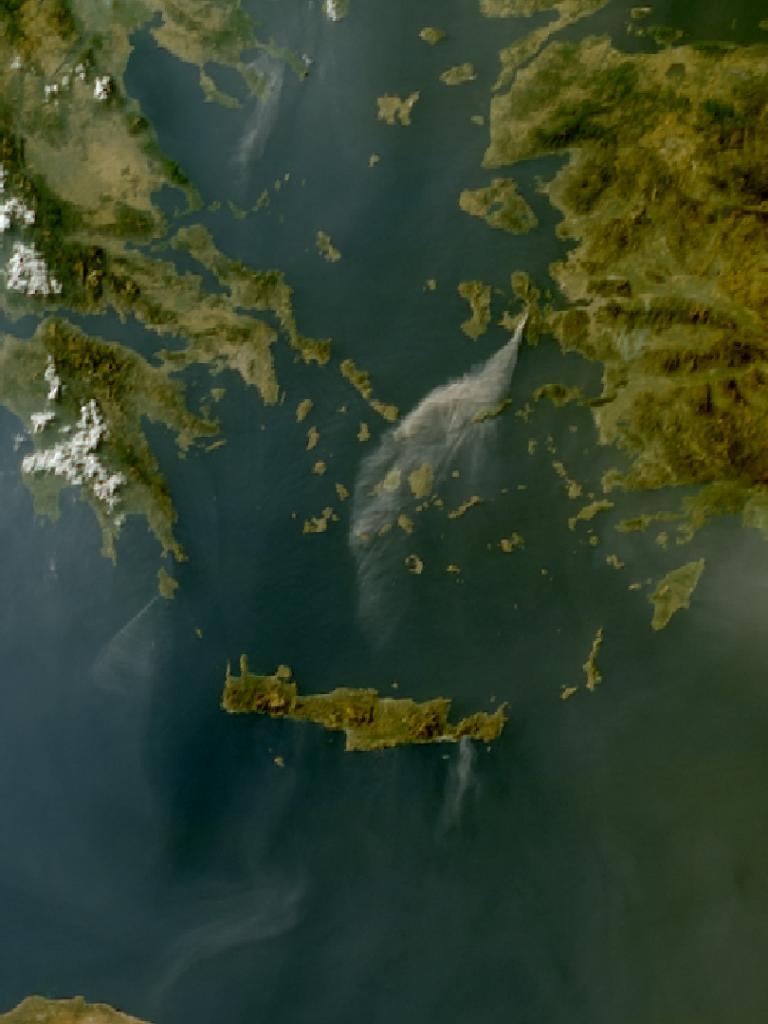
This week’s image is of smoke from large wildfires that have been affecting Türkiye and Greece. The image was captured on 2 July by the Meteosat-12 weather satellite in geostationary orbit, 36,000km above the Earth.
Many wildfires were active this week in Greece and smoke can be seen in the image coming from fires in Halkidiki, Kythera, and Crete, where more than 5000 people had to be evacuated from the Ierapetra area along the island’s southern coast.
Fires have also impacted many areas of neighbouring Türkiye, in particular in the western province of Izmir. Smoke from a large fire in the vicinity of the coastal town of Çeşme can be seen in the image.
The spread of the wildfires in the region has been exacerbated by recent high temperatures, low humidity and high winds, which have made the fires harder to contain.
Across Europe the 2025 fire season has already been more destructive than usual. According to the European Forest Fires Information System (EFFIS), an area of over 196,000 hectares has been burnt by wildfires so far across the EU since the start of the year, which is more than double the reported average of 82,000 hectares recorded by this time of year over the past 19 years (2006-2024).

Wildfire image
The main image was captured by the FCI instrument onboard the Meteosat-12 geostationary weather satellite on 2 July 2025.
The Meteosat weather satellites provide imagery for the early detection of fast-developing severe weather, weather forecasting and climate monitoring.
More info
How data from EUMETSAT and Copernicus satellites is used to monitor the atmosphere
How satellite data is used to help manage wildfires
Follow the ongoing impact of wildfires in Europe
Access atmospheric data from EUMETSAT User Portal
Follow fires live on EUMETView
Spreading like wildfire - a UNEP report on the impact of climate and changing land use on the incidence of extreme wildfires
